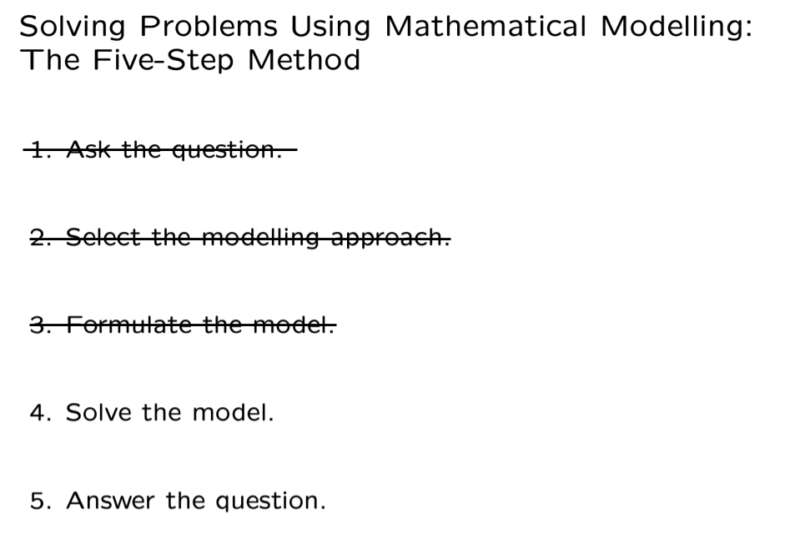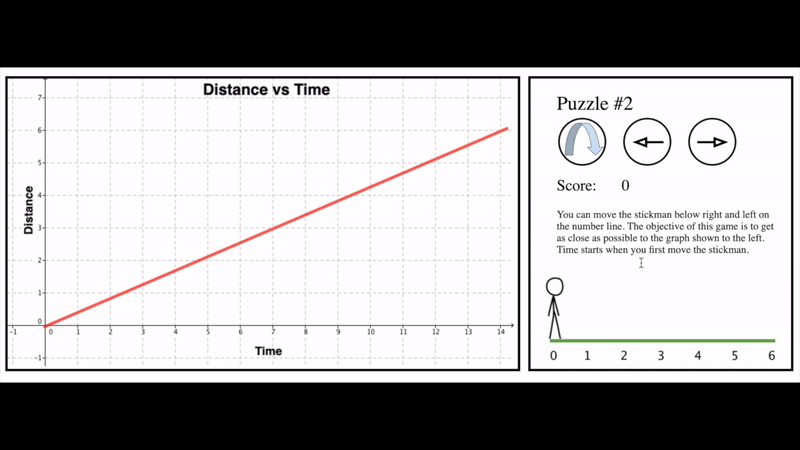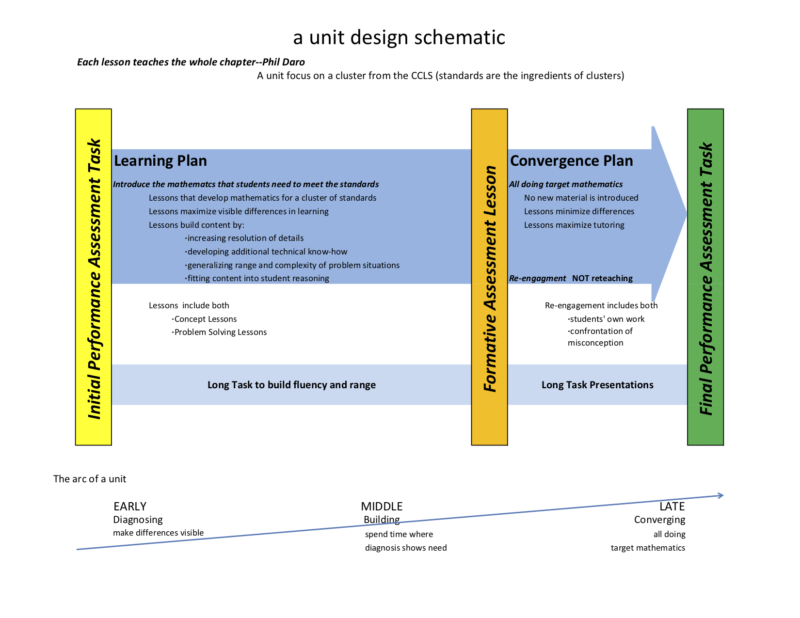I can remember exactly where I had my first major mathematical discovery. We were driving up the highway toward the nearby town for a night out for dinner. I was sitting in the back of the car playing with sums of numbers in my head.
1 = 1
1 + 2 = 3
1 + 2 + 3 = 6
1 + 2 + 3 + 4 = 10
1 + 2 + 3 + 4 + 5 = 15
1 + 2 + 3 + 4 + 5 + 6 = 21
I noticed something strange about the sums with an even number of terms.
1 + 2 = 3 = 2 × 3/2
1 + 2 + 3 + 4 = 10 = 4 × 5/2
1 + 2 + 3 + 4 + 5 + 6 = 21 = 6 × 7/2
“That’s weird”, I thought. “Each of those answers is just the last number in the sequence times half of the number after it. I wonder if that works for the odd numbers?”
1 = 1 = 1 × 2/1
1 + 2 + 3 = 6 = 3 × 4/2
1 + 2 + 3 + 4 + 5 = 15 = 5 × 6/2
“Wow! It works! Let me try it for a bigger number.”
1 + 2 + 3 + 4 + 5 + 6 + 7 + 8 + 9 + 10 = 55 = 10 × 11/2
At that point, I cheered out loud and had to explain my discovery to my parents, who were now wondering what was going on in their back seat.
Two years later, I learned in my middle school math class that this specific relationship had been discovered by someone else before me. These sums I had been finding had a name, triangular numbers. I learned that an algebraic way of representing this relationship was Sn = n(n + 1)/2.
What I had not learned before this point was that real people invent mathematics. For all I knew, mathematics sprung up fully formed from the heads of my teachers. Mathematics was a god to me, my teachers were like Zeus giving birth to Athena, and I had no idea people were involved in the creation of mathematics at all.
There is an argument about what methods of teaching mathematics lead to students best knowing mathematics, but often lost in these arguments is what mathematics even is. Is mathematics a set of ideas? Is mathematics a process? Is it both? I spent most of my school career viewing mathematics as a set of concepts other people knew and would tell me. It was only in rare moments, like the one in the back of my parents’ car, that I got a glimpse of mathematics as something more.
It is possible to both teach mathematical ideas and mathematical processes. These two ways of knowing mathematics are complementary and not dichotomous. If one centers the ideas students have in class, then students learn both that their ideas matter and that they have mathematical agency.
But if one has never taught with the aim of centering student ideas, how does one get started?
Try watching this video of students engaging in an instructional routine called Choral Counting. The teacher starts with a quick discussion about pennies, and then the routine itself starts when the teacher gives students instructions on how they are going to count together. When you have time, watch the first six and a half minutes of the video.
You might be wondering how the counting-in-unison aspect of this routine centers students’ ideas, and I think that it’s a fair point to make. Note that the students do the counting and the teacher records what they say. While the thinking students do during this section of the routine is less obvious, that thinking enables students to have a count that they created together that they can analyze for patterns. At about 5 minutes and 45 seconds into the video, an individual student shares a conjecture and the class quickly tests this conjecture by continuing the count. By using annotation, gestures, and repeating what students have said, the teacher increases how much access students have to each other’s reasoning.
More importantly, these students get an opportunity at a fairly early stage in their mathematical careers to get a taste of the mathematical process of looking for patterns, coming up with conjectures and testing those conjectures while simultaneously building their understanding of place value in the decimal system.
It is unfortunate (and understandable, given privacy concerns) that this video shows only the actions the teacher takes and not the responses by students. There are some things I might do differently than this teacher but they and I agree on a critical point — students can behave as mathematicians and learn mathematics from the experience.
This next video example is truncated from a longer recording of a lesson from a middle school class and includes some thoughts from the teacher interspersed throughout the video. If you are interested, here is the link to the full-length video without the teacher commentary.
Contemplate Then Calculate: Grade 6 Telescoping Sums [14 minutes] from New Visions for Public Schools on Vimeo.
In this routine, Contemplate then Calculate, students are expected to delay any calculations until after they have stopped to look at the problem in some detail, a strategy that has a small amount of research to support it. A key difference between this routine and Choral Counting, besides the obvious differences in the structure and mathematical focus of the routine, is that Contemplate then Calculate has deliberate instructional strategies intended to support access embedded within the structure of the routine.
If efforts to humanize the mathematics classroom by surfacing the thinking of students do not include deliberate strategies to support the engagement of ALL students, then for some students this experience can be just as dehumanizing as many other math classrooms. If you do not feel included in the math classroom, then it cannot be a humanizing experience for you.
The most important idea here is that we can make the mathematics classroom a more inviting place and make mathematics itself more inviting by centering the ideas of students in the classroom. We can make this experience more humanizing for all students by using instructional routines that reduce typical barriers for entry for students and embed instructional supports within those routines that provide access to the mathematical thinking to all.
This post is part of the Virtual Conference on Humanizing Mathematics.



 source)
source)
















